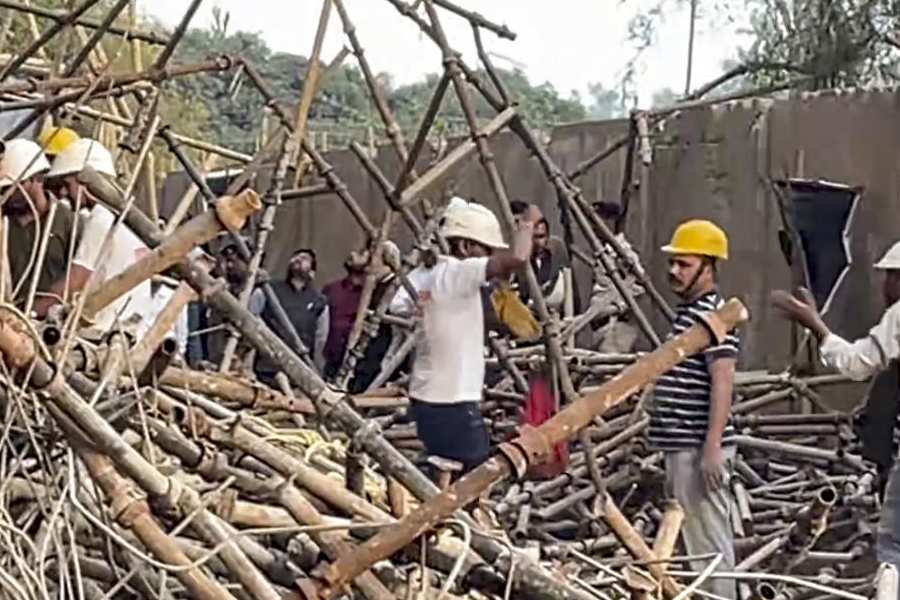The old, as the maxim goes, must give way to the new. It was thus believed that the emergence and stunning popularity of Twenty20 cricket — one of the newest formats in the gentleman’s game — would hasten the demise of the old guard called Test cricket. But some maxims have their limitations. Test cricket’s survival — indeed, resurgence — is now a reality. A survey by the Federation of International Cricketers Association last year found that 74% of players consider the oldest form of cricket to be the most important. Interestingly, experiments with Test cricket, such as the introduction of day-andnight games, have received public approval. What is ironic — a blessed irony — is that T20, supposedly the nemesis of Test cricket, seems to have given the latter a second lease of life. Test matches these days are marked by innovative stroke play and aggressive methodologies. The helicopter shot or reverse sweep no longer shocks the purists and are now integral to the manual of Test match batting. Teams also compete with obtaining a result in mind. The spirit of this new philosophy is perhaps best captured by England’s ‘Bazball’ mantra. Christened after Brendon ‘Baz’ McCullum, the current coach of England, Bazball is a method of unconcealed, sustained aggression — with bat and ball — to pulverise the opposition into submission.
The domination of opponents is, of course, not a novel idea. Clive Lloyd’s West Indians knew a thing or two about it. The torch was then passed on to the Australians — worthy inheritors of the legacy — who knew how to be in charge not only with their cricketing skills but also by being verbose. Yet, the belligerence that Bazball seems to have ushered in is truly revolutionary in some ways. The methodology of Test cricket is changing. For instance, modest run rates or aggregate scores are no longer a guarantee: in a Test match against Pakistan, England, adopting the Bazball tactic, ended up scoring an astonishing 506 runs on the opening day.
Yet the collective enchantment with result-oriented aggression can be problematic. For instance, some of the finer — sedate — elements of the game appear to face extinction. Consider the phenomenon of a drawn Test. It has often been argued that Test match cricket was once threatened with doom because of conservative, dull tactic that was not producing results. But the craze for results, undoubtedly a manifestation of the commercial pressures on the game, has queered the pitch — quite literally. The latest edition of the Border-Gavaskar trophy in which Test matches are finishing well before the fifth day is a sad advertisement for the game. Some of cricket’s finest moments have also been yielded by a game that was not won by either contestant: the Tied Tests, a rare phenomenon, bear evidence of this. That defence could also be central to the cricketing aesthetic — consider some of the match-saving knocks by cricketing greats — seem to have few takers today.
Bazball seeks to fell opponents by the proverbial sword. But it is also a double-edged sabre.











